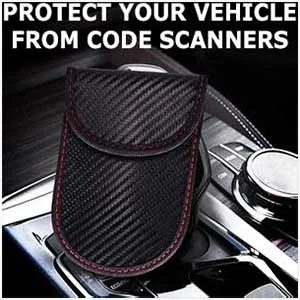2003LesabreDriver
Junior Member
- Joined
- Dec 1, 2012
- Messages
- 72
- Reaction score
- 59
- Points
- 18
- Buick Ownership
- Buick
Sorry I have not been on the chat for a while. BuickGirl your photo of the shorter shift lever with traction control is what my 2000 Lesabre has. When sitting in the car the lever is about as long as the edge of the steering wheel, maybe an inch or so inboard towards the radio.
My 2003 & 2005 have a much longer "crow bar" , no traction control, which I find to be practical and awesome.
My 2003 & 2005 have a much longer "crow bar" , no traction control, which I find to be practical and awesome.





